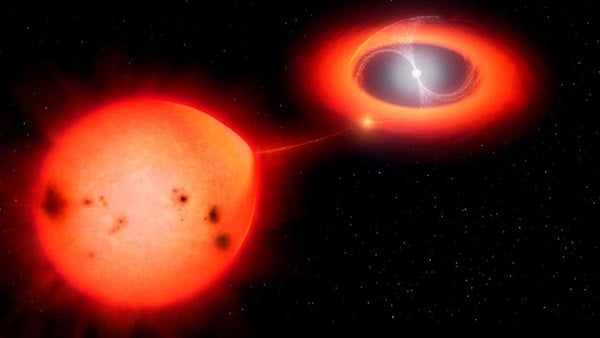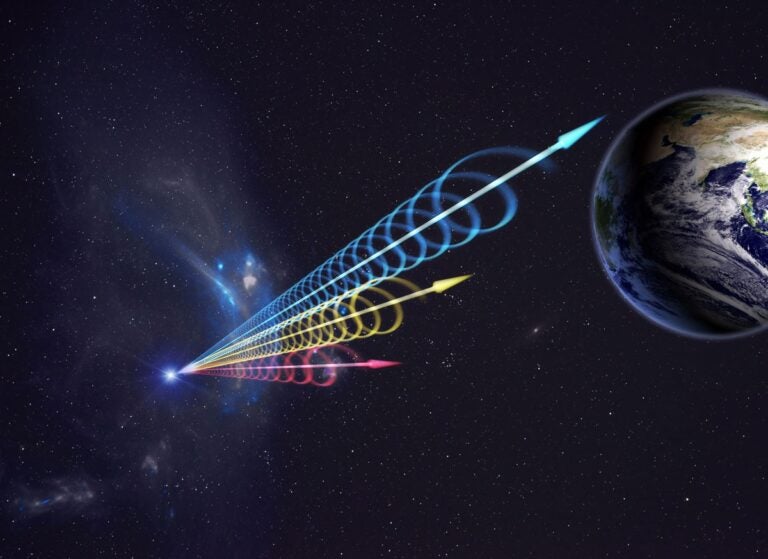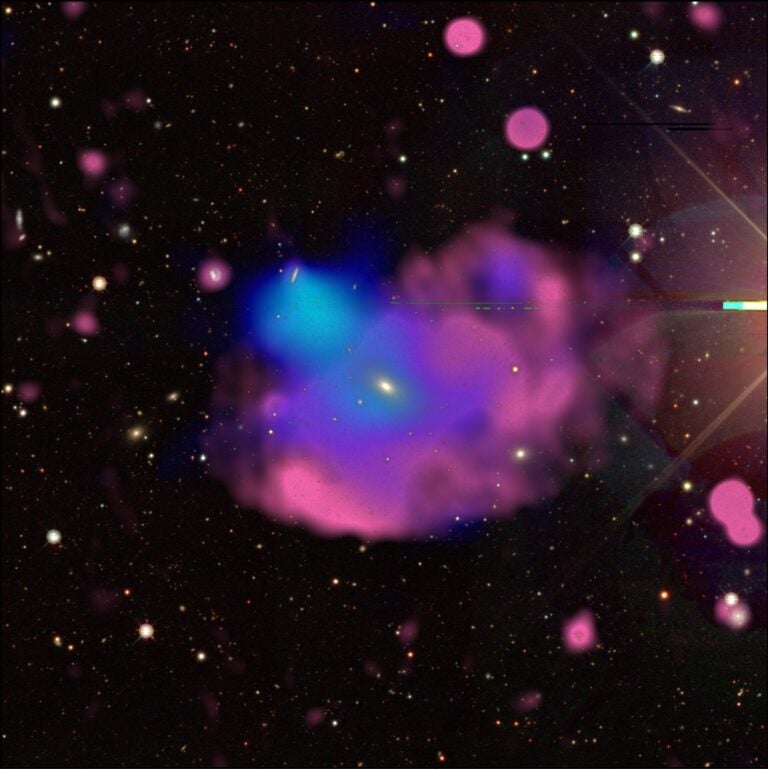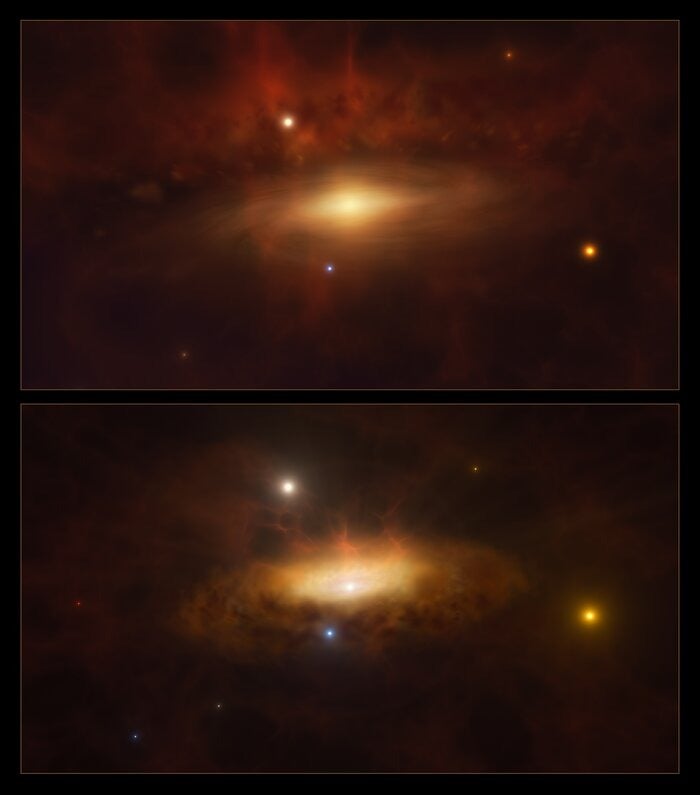Just over a year ago, on June 12, 2021, a distant cosmic object energetically erupted. The usually imperceptible star, a white dwarf siphoning material from its nearby companion, maxed out at about magnitude 6.2, some 10,000 times brighter than it originally was. In fact, the star grew so bright it could briefly be glimpsed by the naked eye.
Within a single day, however, the new star, or nova, plummeted to just one-sixth its peak brightness. And for a classical nova event like this, witnessing such a fast drop is a first.
“It was only about one day, and the previous fastest nova was one we studied back in 1991, V838 Herculis, which declined in about two or three days,” said Sumner Starrfield, an astrophysicist at Arizona State University who led the new study, in a press release.
Starrfield discussed the record-breaking nova, dubbed V1674 Herculis, during a June 14 press conference at the 240th meeting of the American Astronomical Society. A paper detailing the speedy nova — as well as some of the star’s other unusual traits, such as the fact its emitted light pulsates like the sound of a reverberating bell — has been accepted for publication in Research Notes of the American Astronomical Society.
What is a nova?
Nova, which means “new” in Latin, refers to a star that suddenly brightens in the night sky. But there are several different types of novae, ranging from classical novae to kilonovae to supernovae to hypernovae.
Classical novae are the mildest of these stellar eruptions. They occur when a white dwarf — the dense, fuel-depleted corpse of a formerly shining star — steals material from an otherwise thriving companion star. That pilfered material, mostly hydrogen, piles up on the white dwarf’s surface.
Due to the white dwarf’s immense surface gravity and high temperature, eventually, the shell of accumulated material undergoes a runaway thermonuclear reaction. And although not nearly as powerful as supernovae, a classical nova can still rapidly release about 10,000 to 100,000 times more energy than our Sun emits over the course of an entire year. However, typically, a bright nova still takes a few weeks or longer to fade — not just a day.
V1674 Herculis: Fast and fluctuating
In addition to the superlative speed of the nova’s drop in brightness, V1674 Herculis also exhibits a persistent “wobble” in the light it emits in both visible and X-ray wavelengths.
This strange stellar ringing apparently isn’t dependent on brightness, either. “The most unusual thing is that this oscillation was seen before the outburst, but it was also evident when the nova was some 10 magnitudes [10,000 times] brighter,” said Mark Wagner, a research scientist at The Ohio State University and co-author of the new study, in a press release. “A mystery that people are trying to wrestle with is what’s driving this periodicity that you would see it over that range of brightness in the system.”
“As best we can tell, because of the 500-second oscillation, [this nova is] an ‘intermediate polar,’ where the gas is flowing from the secondary into an accretion disk,” Starrfield said during his presentation at AAS. “But because of the strong magnetic field of the white dwarf, it comes down on the poles.”
In addition to the oscillations, the researchers also found that V1674 Herculis’ ejects material. And the shape that material takes seems to depend on the changing position of the white dwarf.
Learning exactly what makes V1674 Herculis tick is key to understanding the role that novae play in enriching space with a variety of elements.
“We’re always trying to figure out how the solar system formed, where the chemical elements in the solar system came from,” Starrfield said in a press release. “One of the things that we’re going to learn from this nova is, for example, how much lithium was produced by this explosion. We’re fairly sure now that a significant fraction of the lithium that we have on the Earth was produced by these kinds of explosions.”
Moving forward, Starrfield says that his team hopes to use the Large Binocular Telescope in Arizona to analyze the gases the nova ejected during its outburst, helping reveal precisely how the explosion unfolded.










